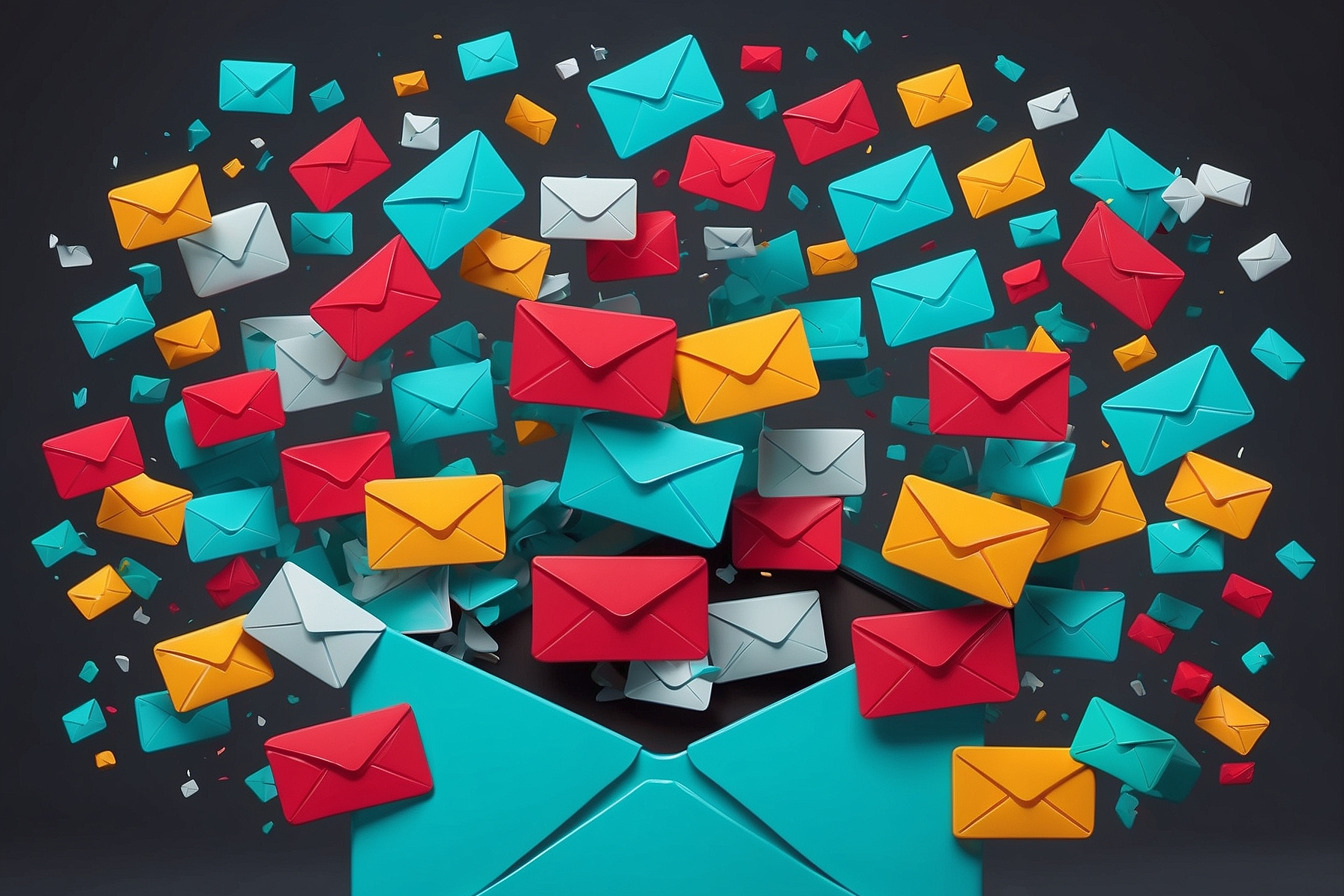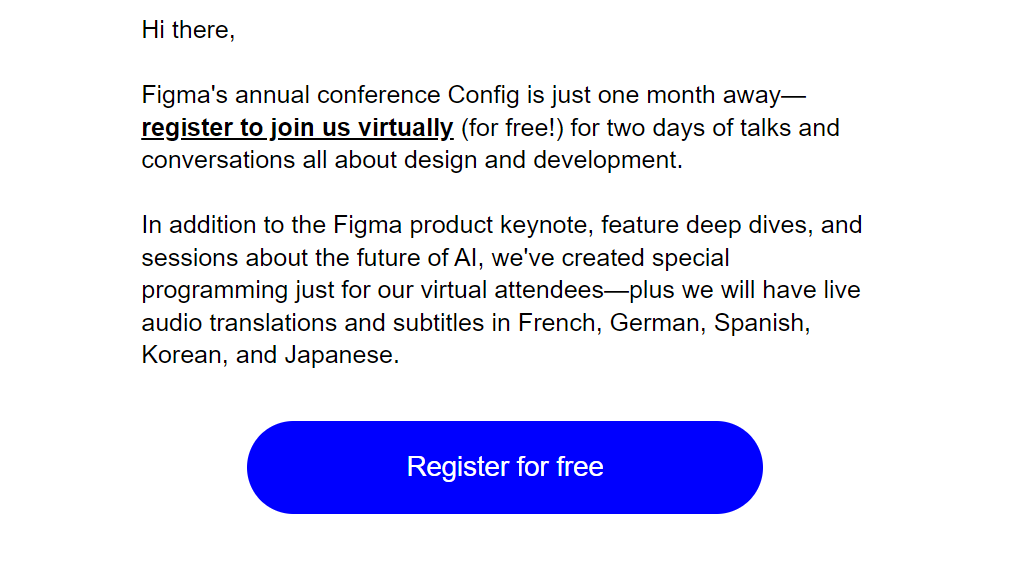Welcome to the first article of the email marketing series! If you despise the salesy shoving-promos-down-your-throat marketing style, I strongly recommend reading through these.
While “email marketing” might sound as exciting as watching paint dry – this series could truly change the way you think about your advertising.
If you have time to read a couple of articles, you’ll learn how to get the most amount of sales by actually selling less and having more fun.
For this article, I just want you to shake hands with email marketing and discover how powerful it can be.
Throughout this read, notice the common theme: relationships (not the dating type though)
Simply put: emails a business sends to its readers to get them to buy a product. Pretty basic stuff. Moving on…

Studies show email marketing drives more conversions than any other marketing channel. For every dollar spent on email marketing, the average ROI (return on investment) is $36. This is just the average, and trust me when I say this, average email marketing is NOT nearly as good as it could be.
For all the “where’s the source nerds”, here you go: https://www.campaignmonitor.com/blog/email-marketing/70-email-marketing-stats-you-need-to-know/
When I tell these statistics or how much people make from email, I often get the same reaction:
*Eyes wide open with shock* – What??? I never open marketing emails hahaha, there’s no way it works so well!”
I don’t see this question as an obstacle. I see it as proof of how powerful email marketing can be. Most people just get boring ads in their inboxes, that’s why they never open them…
If you write them in the right way (which I talk about IN-DEPTH in the next article), your emails receive amazing open and conversion rates.
In case you don’t know, open rates refer to the percentage of people who open your emails, while conversion rates are the percentage of those who actually go on to buy your product after receiving the email.
First, let me explain why boring emails don’t work that well. Ads (like boring emails) don’t build RELATIONSHIPS with you. When you see a TV or Google Ad, you don’t connect with the brand. You don’t find out about the person showing you the ads. And you definitely don’t get excited to get their ads again.
With good email marketing, you talk one-on-one with the reader, you entertain them, and you help them improve by sharing your expertise and products. That’s how relationships are built and how fans are made.
Admittedly, it sounds a bit weird – but when you have email relationships with your readers, your open rates and conversions skyrocket.
If you go to ChatGPT and ask for the average open rates, it will tell you it’s about 20%. To put it another way, that’s just 2 out of 10 people who open your email…
I can tell you first-hand that it can get much, MUCH higher. Good marketers consistently achieve even 75% open rates. That’s 7 (and a half) people out of 10 that read about your product, multiple times a week. How many sales do you think that could bring you?

One of the secrets to being a must-read for your customers is… talking ABOUT the customer. Sounds logical, but you’d be surprised to see just how many businesses get this wrong.
So many people write about themselves in their emails, instead of talking about the customers’ pains, frustrations, and dreams.
Let me give you an example. Here’s a (rather uninteresting) email I received from the design brand Figma:

*Important note: the following roasts are only for educational purposes…*
I don’t know about you, but this email doesn’t spike any curiosity in me.
Okay, I know you’ll be talking about design and development – but what does this mean for me? How will that benefit me?
Mmm, I see, I’ll know about the Figma product keynote and I’ll find out about AI.. so what? How does this improve MY life? What will I be able to achieve with this extra knowledge?
When you get an email like this, you probably won’t click the button. You’ll likely just yawn as you search for the “Trash” button…
When writing emails to your customers, talk about THEIR issues, dreams, problems, frustrations… and help them by offering your product.
The only exception to the “talk about them and not about yourself” rule is if you’re being entertaining while doing so. I’ll show you how to make emails “entertaining” in the next email marketing article.
You can send a variety of emails to your list, each with its own purpose. But, they all generally fall into three main categories:
Do you see how these all come into play? You’re always getting some emails – either because you performed an action, or the brand is directly sending you something interesting, or a new exciting offer is being launched. If the brand is valuable and entertaining, you might find it hard not to buy something…
There aren’t really many risks, as long as you follow some rules. Let me just lay them out for you, so you can come back to this guide whenever you need.
At the beginning of the article, I asked you to notice the common theme about relationships in emails. If you get that forming relationships = $$$, you’re already on a good path. Other than that, here’s a summary of what you learned in this article:
So there you have it – the blueprint for an email marketing strategy that doesn’t suck. Now all that’s left to do is to read our next article to find out how you can begin writing these emails.

Email subscription is available ONLY TODAY (oh, okay, and tomorrow).
Surely, we respect your inbox! Unsubscription works every day.

We’d love to tailor your experience — which of these best describes you?